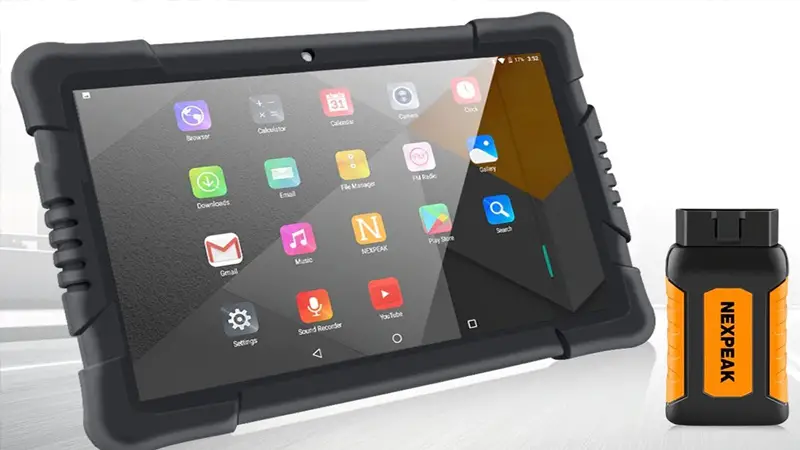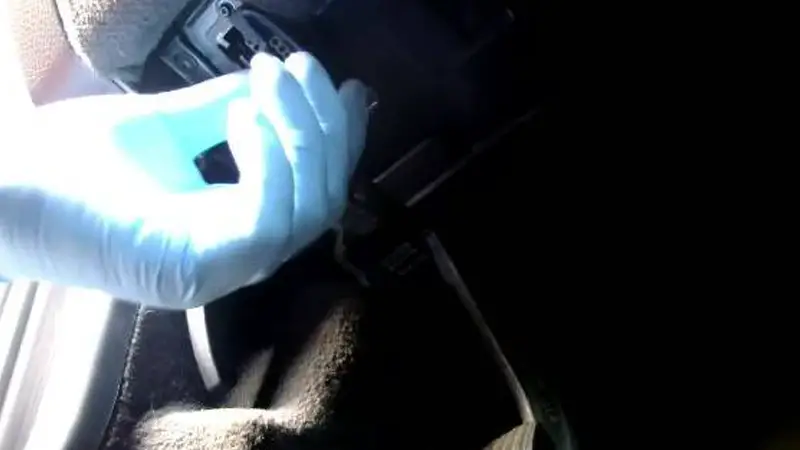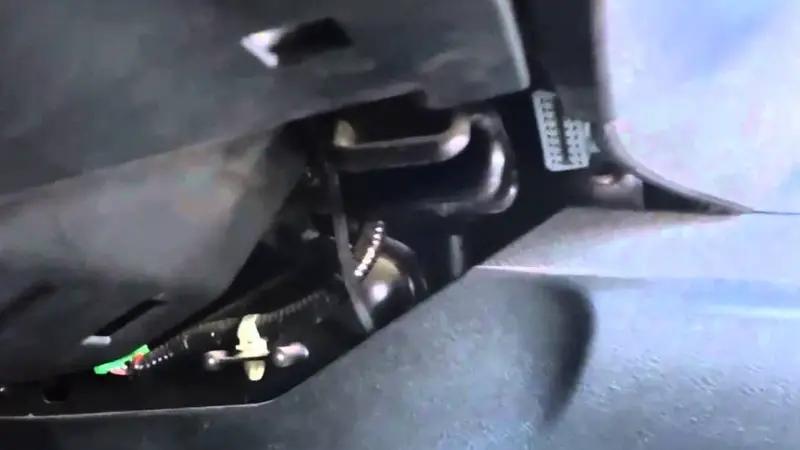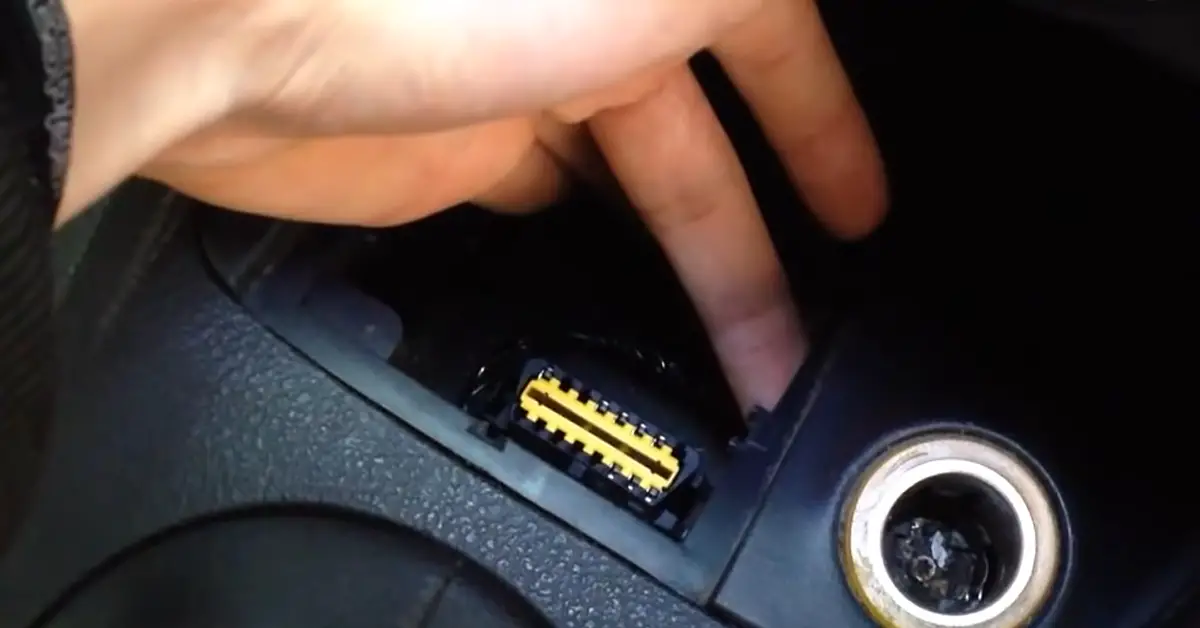Like every car owner, you might have several questions concerning the OBD2 systems. The question is can you leave an OBD2 device plugged in while driving or after parking the car?
You can leave an OBD2 tool plugged in during use or after the use of the car. Though the device draws power once plugged, it only takes a small amount of energy to not harm the vehicle. However, it is advisable to unplug the device if you’ll be parking the car for a long time as it draws power even when off.
To fully utilize your OBD2 port, you must have a good understanding of how it works. This article shall shed more light on OBD2 systems and all you should know.
What Is an OBD2?

You should know that a car, like a human, has its health issues. The more attention you give to your car’s health, the longer they are bound to last.
This is where an OBD2 device comes in. This device scans through the car and diagnoses its present health status when plugged in.
OBD stands for On-Board Diagnostics, a self-explanatory term that illustrates a device mounted on the car. It is a system that checks the performance and health of the vehicle after scanning and running diagnoses on it. It primarily monitors the car’s engine and emission system and records problems it detects.
The OBD system has two versions, and the OBD2 is the second version for trucks and regular cars. The OBD2 came into use in 1996 when it was used for gas-powered vehicles alone before it was integrated for diesel in 2008.
How Does an Obd2 Port Work?
It allows you to plug a scanner into the car to access the condition and report any issues on it. To add to this, the OBD2 is not selective of the car and works on any car brand or model.
After running diagnoses, it instantly highlights the vehicle’s problems, if there are any. It then records a Diagnostic Trouble Code in the memory. However, it does this when the issue is not so severe.
If the problem is severe, it will turn on the beacon known as the Check Engine Light. This light instructs the car user to do a check-up on the engine. However, it will require an OBD2 scanner to do so.
What Is an OBD2 Scanner?

The OBD2 scanner refers to that device you plug into your car to read its trouble codes and data. The scanner may come as a tiny box or a large structure connected to the port through a wire. OBD2 scanners could be wired or wireless.
A scanner plugs into your car’s OBD2 port and automatically connects to the computer that runs all car’s systems. This computer is typically known as the ECU or ECM, which stands for Engine Control Module. It is usually located beneath the dash on the driver’s side.
Once the ignition is turned on, the scanner reads and clears all trouble codes diagnosed. It also resets the check engine light, monitors data in real-time, and customizes car features.
Although, with other integrations nowadays, many people can read the codes, clear check engine light, and do all the work. Still, a scanner can prove very useful to avoid the long route.
Does the OBD2 Drain Battery?
This highly depends on the car battery’s condition and the type of OBD2 in use. OBD2 devices initially take little battery to operate and should not harm the battery life in any way. Still, a poorly designed OBD2 device can drain your entire battery when you leave it in the port.
Can You Leave the OBD2 Plugged In?
You can leave the OBD2 device plugged in if you’re driving frequently and especially if they are Bluetooth orientated. Still, if you would not be going for a long time, it is advised to unplug.
As earlier mentioned, OBD2 devices do not generally harm your vehicle in any way. More precisely, these devices do not affect battery life, and they consume only a little battery. However, some OBD2 devices could go berserk.
Since some devices may consume so much battery power, it is advisable to unplug it once you’re done using it. Once the car is not in motion, ensure you unplug the device as it may not react fine with your vehicle.
How Frequently Can I Plug and Unplug My OBD2 Devices?

You can unplug and plug back your OBD-II devices as frequently as you wish. I personally will not advise you to repeat the process unnecessarily.
It will be much better to leave the device plugged in once you frequently drive during the day. If your car is off for just a short period, then feel free to leave it plugged in till you start the car again.
Is the Obd2 Port Always On?
The OBD2 port is a space available in your device for you to plug in an OBD reader device. It has a unique design that allows for data from the car’s computer to the reader.
This is the outlet where the OBD equipment is plugged in by mechanics to decipher the car’s problems. This equipment is usually a computer with a long cable which they plug into the OBD port and display the codes. The mechanics then read and interpret the codes, resolving the problem.
With the evolution of OBD ports, many no longer have to take their cars to mechanics. You can quickly get an application that has integrated OBD readers on your phone. These apps can do everything a mechanic does with simple clicks from your phone.
It is possible to un-switch the OBD2 port, but you should always leave it on. This simply means you should always leave the OBD2 port powered. However, the car’s ignition needs to be turned on for the device to begin running diagnoses.
When leaving your OBD2 device plugged in, always remember it depends on several factors. Where someone’s vehicle might favor it, yours might not. Either way, I still advise you don’t leave OBD2 devices plugged in.

